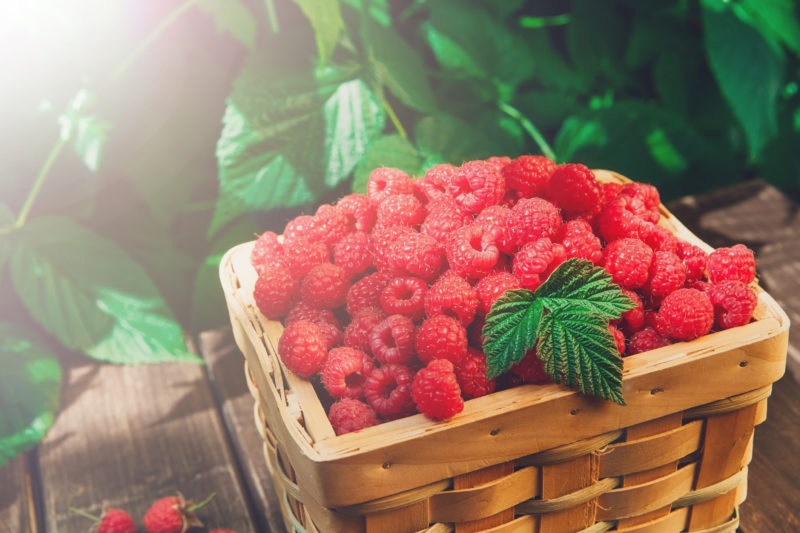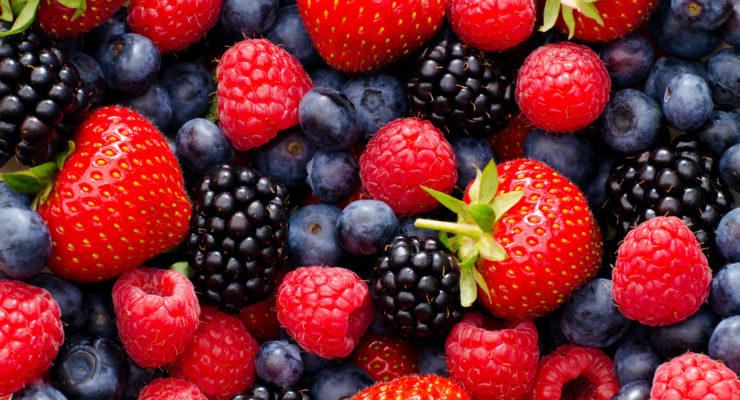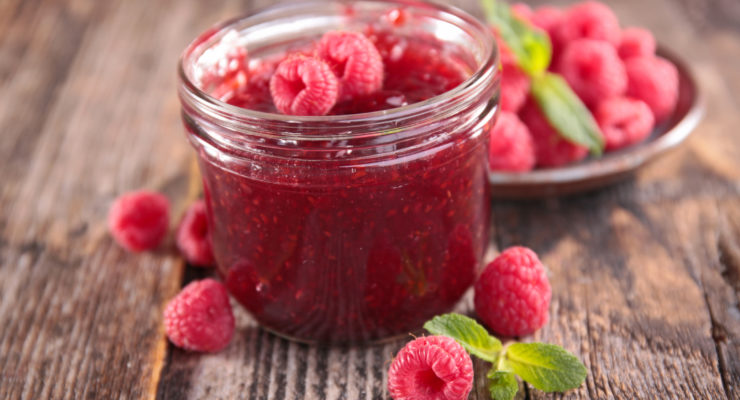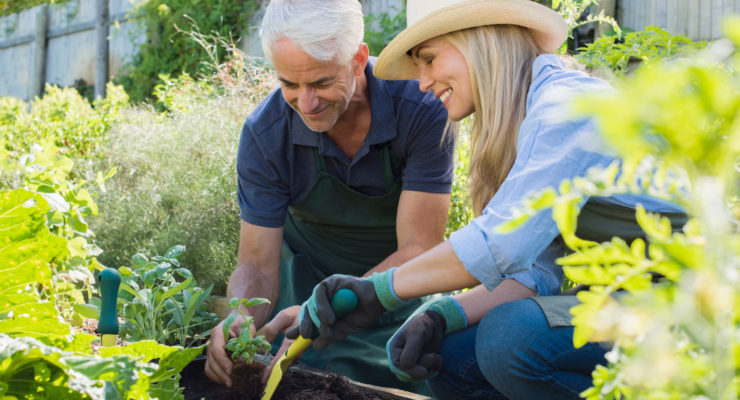Gardening with Scott: Guide to Growing Raspberries
Article posted in: Lifestyle
This morning I walked outside my back door and filled a bowl full of raspberries to eat with yogurt for my breakfast. The sun was shining, the ground was damp with dew and the raspberry vines were loaded with ripening fruit as late summer turns to fall. One of the great rewards of growing raspberries and gardening is having healthy ingredients like these on hand when you want them.
Raspberries are one of the most gratifying foods you can grow. They are like nature’s candy—sweet little nuggets you can pop into your mouth for an explosion of juice. Unlike candy, raspberries are SmartCarbs, loaded with fiber and low in calories—just 65 in a one-cup serving. They’re rich in vitamin C and quercetin, the compound in red wine grapes that’s been associated with decreased risk of cardiovascular diseases and obesity.
Raspberries can be a tasty addition to breakfast cereal, pancakes, yogurt, smoothies, seltzer and more. However, they are often expensive and highly perishable, so buying them fresh in the store is often difficult.
Click here to check out our delicious Raspberry Almond Smoothie Bowl recipe >
The good news is that growing raspberries is easy—even if you don’t have a yard or a green thumb. You plant them once and they come back year after year. They also require almost no care, except for an annual hair cut.
Here’s what you need to know to start growing raspberries right outside your door:
LOTS OF SUN
Raspberries are very adaptable, so they grow in just about every climate in the U.S. The plants are not finicky about soil—except they can’t be constantly soggy—and they thrive in large pots. The plants are most productive when they get lots of sun in spring and summer.
VARIETY OF OPTIONS
You can choose from two kinds of raspberries. Summer-fruiting types produce one large crop each year, typically in June and July. Ever-bearing types like I have produce a fall crop and a small harvest the following spring. Red raspberries are the most common and they come in many varieties, each suited to specific conditions. Heritage is the most popular, but check your local garden center to get appropriate recommendations for your area. Yellow and black raspberries are especially delicate—that’s why you rarely see them in supermarkets—but they are exceptionally delicious. If you have the room, plant a few varieties of all colors and you’ll extend your harvest season for months.
GETTING STARTED
You can buy potted raspberry plants in spring at nurseries or online, but if you know someone who has a patch, you can also just ask for a few shoots—they’re easy to dig up and transplant. Wait until after the last frost in spring or plant them in fall after the summer heat breaks. Soak the roots of raspberry plants in a bucket of water before planting. Dig a hole as deep as the roots and set the plant at the same level with the soil as it was growing before.
MINIMAL CARE
Growing raspberries is easy because the plants only require minimal care. Keep the soil around your new raspberry plant consistently damp (but not soaking) for two to three weeks. Once it starts growing, water just once a week—whenever it hasn’t rained—through the first season. Pull out any weeds that grow up around it. That’s just about all of the attention raspberry plants need. Fertilizing is unnecessary and after the first season you don’t even have to bother with watering them.
HARVEST TIME
You won’t have raspberries to pick the first summer, though ever-bearing varieties may yield a small crop in fall. Each year, your harvest will grow bigger. The berries are at their peak of ripeness when they’re just about to fall off the branches—some gardeners say you should be able to tickle the berries into your bowl.
FUTURE CROPS
To keep your raspberry plant vigorous and productive, you want to prune off the branches, known as “canes,” that have already born fruit. You can tell because the dead canes turn brown and brittle. Clip them to the ground in early spring and watch as new shoots come up to replace them and provide you with all the raspberries you want, season after season, often for decades to come.












